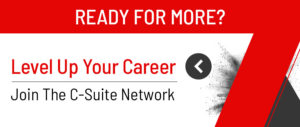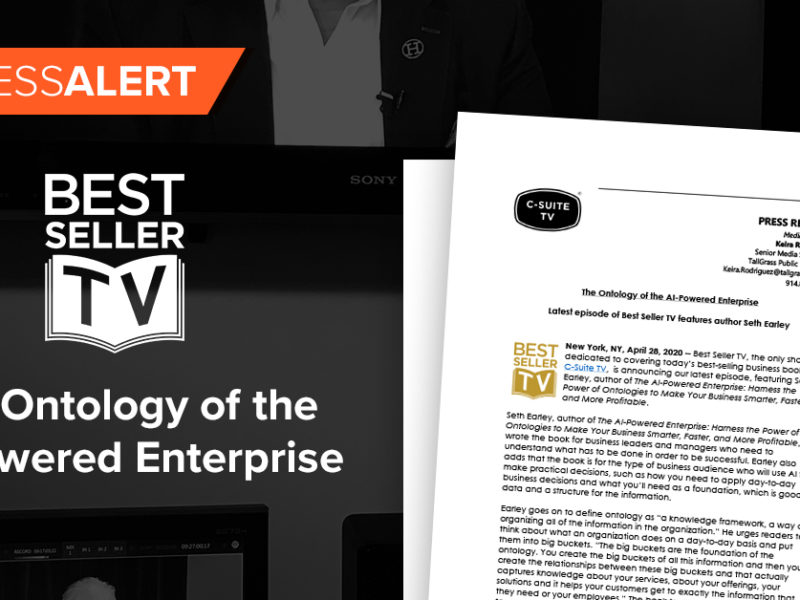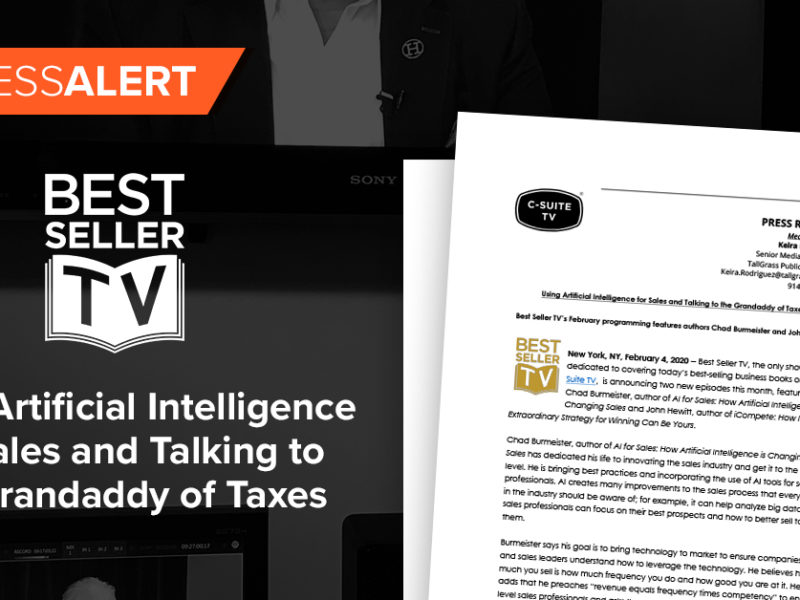
For the Rules They Are A-Changing
For the Rules They Are A-Changing https://csuiteold.c-suitenetwork.com/wp-content/uploads/2016/09/Persistent-Post-500x500.png 500 500 C-Suite Network https://csuiteold.c-suitenetwork.com/wp-content/uploads/2016/09/Persistent-Post-500x500.pngBy Shriram Natarajan
CTO, Digital Services, Persistent Systems
Bob Dylan sang, “The times they are a changing.” The way business works is changing. That is familiar territory for all business leaders. However, this current crop of changes is dramatically different from the ones past. The particular mix of causes, symptoms, effects, and the potential for value it represents are fundamentally novel. The nexus of elements and effects are together called digital and the process to get there is digital transformation. Let’s look at the particular confluence of forcing functions and strategies that will enable companies to thrive in the new normal.
From Real to Virtual
The most valuable businesses today (Uber, Netflix, Airbnb) often do not own the products they sell or the means of the services rendered. Their value proposition is that they can realize value in an ecosystem much more efficiently than the traditional players in the market. The digital natives are able to capitalize on the data capital amassed by others or created by their platform.
We see that over 40% of the S&P 500 companies in 2005 did not make the list in 2015. In the global marketplace, disruptive forces (be they competition, legislation, new technology, behavior shifts) are the most worrisome for established companies. Enabling flexibility and agility throughout the organization is the only recipe for success. Business models need to change on a dime – only software driven businesses can hope to achieve that. Digital immigrants are also able to make it in the new world. Companies like United Airlines and CVS are able to parlay their customer knowledge and assets to truly engaging experiences.
From Competition to Disruption
There used to be clear demarcation of what the market place was. Everyone knew who the competition was. There was a clear way to differentiate from the rest. Your mission statement laid out your unique value proposition. You had years for the message to percolate through the company and rally around the efficiencies that your organization created. You also expected that differentiation and competitive advantage to hold for the length of time it took to gain market share. But we live in a time of rapid tectonic shifts. A few short years ago, Facebook was not a threat to carriers. Recently, with WhatsApp they have encroached on the traditional telecom industry.
Companies need to embrace the bi-modal approach of driving efficiencies in existing value streams at one level while innovating for the future at the next level. The two speed approach ensures the right amount of focus and investments for each bucket. This is paired with the right level of executive engagement and expectations in each of them. Whereas in mode 1 the goal is reliability and operational success, mode 2 looks at to achieve transformation by time-bound, budget-bound experiments. Either mode would fail without the other. Each mode feeds on the other. Success in this two speed approach would lead you to continuous transformation by design.
From Acceptance to High Expectations
Customers have been demanding customers since the dawn of commerce. However due brand loyalty, inertia, cost of switching, or lack of choice, they tended to stick to a particular offering. The new breed of consumers is the savviest, least loyal, most demanding, most geographically widespread, most diverse of all time. They have the widest footprint of technology to derive value at their disposal. And they have the least attention span to boot.
Companies need to have omni-channel engagement strategy in place to play in the new market place. You have the tiniest window to go to market, capture the attention, and shape the behaviors of your target market. Being iterative and incremental is the only way to go. This applies equally to customer experience as it does to employee and partner experiences as well.
From Protection to Full Exposure
Traditionally access to capital, dominant market share, brand recognition, favorable legislative/regulatory policy all used to be fortress walls to keep out competition. There are many new ways to raise capital and build a core user base with crowd funding platforms. Market dominance is very fickle in many industries: either the business model shifts or a digital disruptor upends the market with a new compelling proposition. Even in today’s legislative climate, newer standards and requirements emerge that can force entire industries to rethink their product, positioning, and pricing.
Since the traditional defenses are crumbling, building agility within the enterprise is the way to go. It is said that the best way to predict the future is to invent it yourself. The best way to prevent disruption is to stay innovative. You need to foster an innovation culture. It can take the form of skunk works projects, a unit level agility initiative, or a full blown horizon two program. All of such efforts would be advantaged by a digital platform that is assembled specifically for your business. This unleashes creativity of your teams and can quickly standardize it too.
“The best way to predict the future is to invent it.” …Alan Kay, Xerox PARC maxim
From Speed to Warp Speed
The only constant is change. We all know that. Everyone says that. No one said that the rate of change would be constant. The speed, sheer number of variables, and the multidimensionality that digital represents is different. Humanity is living longer. The number of lifestyle changing waves per lifetime is increasing (see below). The only thing that moves this fast and has the global reach is software. Software and technology has permeated to every layer of your organization. Instead of just using software, adopting its ways can make you a software driven business.
Key Pathways to Success
The “why” of embracing digital is plain to see. To recap on some of the elements of “how” to digitally transform:
- Innovation culture: Enable your teams to adopt innovation as a way of life. Encourage experimentation. Failures are okay as long as they are fast failures and there has been an adequate return on learning.
- Platform based approach: a flexible, rapid, secure platform is the key to tap the creative elements within the company. The platform provides a framework to show the value quickly and decisively. It also is the means for crystallizing the innovation developed and making it part of business-as-usual.
- Embrace disruptive forces: companies that adopted the cloud and mobility have successfully surfed the first waves of digital. The ones that are not afraid to try new technology: IOT, Blockchain, Augmented Reality/Virtual Reality, Gesture based computing, 3d printing.
- Software driven: businesses that choose to be software driven and adopt the Software 4.0 model have the greatest chance of achieving lasting success. At least till the rules change yet again!
It is quite easy to be left behind on the digital journey. Even if you are successful today, you cannot afford to sit out the digital wave. There are the wave riders or those that get washed away. It requires agility and readiness heretofore unseen; and it promises returns in orders of magnitude greater than the effort expended. So while Bob sings about times that are changing, you can put your organization into high gear and skip to the next song in your playlist. Katy Perry’s “Roar”.








